Description
Familiarity with treatment
A neck lift, also known as a lower rhytidectomy, is a surgical procedure that aims to improve visible signs of aging in the jawline and neck. It is designed to address concerns such as excess fat and skin relaxation in the lower face, loose neck skin, muscle banding in the neck, and excess fatty deposits under the chin.
Here is an overview of the procedure based on the search results:
Anesthesia: The procedure begins with the administration of anesthesia to ensure your comfort during the surgery. The options for anesthesia include intravenous sedation and general anesthesia, and your surgeon will recommend the best choice for you.
Incisions: The incision technique used in a neck lift can vary depending on the desired outcome and the extent of the correction needed. There are two common types of incisions:
a. Traditional Neck Lift Incision: This incision starts in the hairline near the sideburn, continues down and around the ear, and ends in the posterior hairline. It allows for comprehensive access to the underlying tissues of the neck and jawline.
b. Limited Incision Neck Lift: This incision is shorter and involves smaller incisions, typically located around the ear or under the chin. It is suitable for individuals with less severe signs of aging or those who prefer a less invasive approach.
Tissue Manipulation: After making the incisions, the surgeon will manipulate the underlying tissues of the neck and jawline. This may involve tightening the neck muscles (platysmaplasty), removing excess fat through liposuction, or repositioning and lifting the skin and underlying tissues.
Excess Skin Removal: If necessary, excess skin is trimmed and removed to achieve a smoother, more youthful appearance.
Closure: The incisions are carefully closed using sutures or other closure techniques. Your surgeon may also place temporary drainage tubes to remove excess fluid and promote healing.
Recovery: After the procedure, you can expect swelling and bruising in the treated area. Your surgeon will provide specific instructions for postoperative care, including incision care, pain management, and activity restrictions. It’s important to follow these instructions to ensure proper healing and minimize the risk of complications.
Who is it suitable for?
A neck lift is suitable for individuals who are experiencing visible signs of aging in the jawline and neck area. It can address concerns such as:
Excess Fat and Skin Relaxation: If you have jowls, excess fatty deposits under the chin, loose neck skin, or muscle banding in the neck, a neck lift can help improve these issues.
Loss of Skin Firmness and Elasticity: As we age, the skin loses its firmness and elasticity. A neck lift can tighten and lift the skin around the neck, providing a more youthful appearance.
Desire for a Defined Jawline: A neck lift can help create a more defined jawline, enhancing the overall facial profile.
Unsatisfactory Neck Appearance: If you feel that your neck area does not match the appearance of your upper face, a neck lift may be a suitable solution.
Who is it not suitable for?
A neck lift may not be suitable for everyone. Here are some factors that may make a person unsuitable for a neck lift based on the search results:
Poor General Health: Individuals with certain medical conditions, such as uncontrolled high blood pressure, cardiovascular disease, diabetes, or clotting disorders, may not be suitable candidates for a neck lift. It’s important to consult with a plastic surgeon who can evaluate your medical history and determine if you are a suitable candidate.
Unrealistic Expectations: It’s crucial to have realistic expectations about the outcomes of a neck lift. While the procedure can provide significant improvements, it cannot completely stop the aging process or guarantee a specific result. It’s important to have a thorough discussion with your surgeon about your goals and expectations.
Smoking: Smoking can impair the healing process and increase the risk of complications. Individuals who smoke may be advised to quit smoking before undergoing a neck lift. Your surgeon will provide guidance on smoking cessation and the appropriate timeline for the procedure.
Unstable Weight: It’s generally recommended to be at a stable and healthy weight before undergoing a neck lift. Significant weight fluctuations after the procedure can affect the results. Your surgeon will evaluate your weight history and advise you on the best timing for the surgery.
Insufficient Skin Elasticity: A neck lift relies on the skin’s ability to tighten and conform to the new contours. Individuals with poor skin elasticity may not achieve optimal results from a neck lift. Your surgeon will assess your skin quality during the consultation to determine the most appropriate treatment plan.
Alternative Treatment Options: In some cases, less invasive alternatives may be more suitable for addressing specific concerns. For example, chin liposuction, fat-dissolving injections, or non-surgical skin tightening treatments may be recommended for individuals with mild signs of aging affecting the neck.
Advantages
Based on the search results, here are some advantages of a neck lift:
Improved Neck Appearance: A neck lift can address concerns such as sagging skin, excess fat, muscle banding, and loose skin under the chin. The procedure aims to create a more defined and youthful-appearing neck, resulting in a smoother and tighter contour.
Enhanced Jawline Definition: By lifting and repositioning the soft tissues of the neck, a neck lift can improve the definition of the jawline. This can contribute to a more balanced and aesthetically pleasing facial profile.
Youthful Appearance: A neck lift can help achieve a more youthful appearance by reducing the visible signs of aging in the neck area. It can tighten loose skin, smooth folds, eliminate visible muscle bands, and remove excess skin under the chin.
Complementary to Other Procedures: A neck lift can be performed in conjunction with other cosmetic procedures such as a facelift, brow lift, or eyelid surgery to achieve comprehensive facial rejuvenation. Combining procedures can help address multiple concerns and result in a more balanced and harmonious outcome.
Long-Lasting Results: While individual results may vary, the results of a neck lift can be long-lasting. The procedure aims to correct the underlying structures of the neck, providing lasting improvements in the appearance of the neck and jawline.
Minimal Scarring: The incisions made during a neck lift are typically well-hidden behind the ears and underneath the chin, resulting in minimal visible scarring. This allows for a more discreet and natural-looking outcome.
Complications
Like any surgical procedure, a neck lift carries potential risks and complications. Here are some of the complications that may be associated with a neck lift based on the search results:
Bleeding: Bleeding under the skin, known as a hematoma, is a potential risk of neck lift surgery. Your surgeon will take precautions to minimize the risk of bleeding during and after the procedure.
Scarring: Although efforts are made to minimize scarring, there is a possibility of visible scarring after a neck lift. The incisions are typically made in inconspicuous locations, such as behind the ears and under the chin, to minimize the visibility of scars.
Infection: Infection is a potential risk with any surgical procedure. Your surgeon will provide guidelines on how to minimize the risk of infection and may prescribe antibiotics to reduce the likelihood of postoperative infection.
Nerve Injury: There is a small risk of nerve injury during a neck lift, which can lead to temporary or permanent numbness, tingling, or muscle weakness in the neck or surrounding areas. Your surgeon will take precautions to minimize the risk of nerve damage.
Skin Loss: In rare cases, the blood supply to the skin may be compromised, leading to skin loss. This risk is minimized by careful surgical technique and proper postoperative care.
Open Wounds: In some cases, delayed wound healing or wound breakdown may occur. Your surgeon will provide instructions on how to care for the incisions and minimize the risk of wound complications.
Reaction to Anesthetic: Some individuals may experience a reaction to the anesthesia used during the procedure. Your anesthesiologist will monitor you closely during the surgery to minimize the risk of adverse reactions.
preoperative care
Preoperative care is an essential part of preparing for a neck lift surgery. Here are some general preoperative care guidelines based on the search results:
Consultation and Evaluation: Schedule a consultation with a board-certified plastic surgeon who specializes in neck lift procedures. During the consultation, your surgeon will evaluate your medical history, assess your specific concerns, and determine if you are a suitable candidate for a neck lift.
Medical Evaluation: Your surgeon may request a comprehensive medical evaluation to ensure that you are in good overall health and can safely undergo surgery. This may include blood tests, imaging studies, and other diagnostic assessments.
Smoking Cessation: If you smoke, it is strongly recommended to quit smoking before undergoing a neck lift. Smoking can impair the healing process and increase the risk of complications. Your surgeon will provide guidance on smoking cessation and the appropriate timeline for the procedure.
Medication Review: Inform your surgeon about any medications, supplements, or herbal remedies you are currently taking. Some medications, such as blood thinners, may need to be temporarily discontinued before the surgery to minimize the risk of excessive bleeding. Follow your surgeon’s instructions regarding medication management.
Preoperative Instructions: Your surgeon will provide specific preoperative instructions tailored to your individual case. These instructions may include guidelines on fasting before the surgery, avoiding certain medications, and preparing your skin for the procedure.
Arranging Transportation and Support: Since a neck lift is typically performed on an outpatient basis, you will need someone to drive you to and from the surgical facility. Additionally, it is advisable to have someone stay with you for at least the first night following the surgery to provide support and assistance.
Preparing the Recovery Area: Before the surgery, prepare a comfortable recovery area at home. This may include having extra pillows to keep your head elevated, arranging necessary supplies such as ice packs and prescribed medications, and ensuring a clean and quiet environment for rest and recovery.
Postoperative care
Postoperative care is crucial for a successful recovery after a neck lift surgery. Here are some general postoperative care guidelines based on the search results:
Follow Surgeon’s Instructions: It’s important to carefully follow the specific postoperative instructions provided by your plastic surgeon. These instructions may include wound care, medication management, and activity restrictions.
Managing Swelling and Bruising: Swelling and bruising are common after a neck lift. To help reduce swelling, keep your head elevated above your heart level while resting and sleeping. Applying cold compresses or ice packs to the treated area as recommended by your surgeon can also help reduce swelling and bruising.
Wound Care: Proper care of the surgical incisions is essential for optimal healing. Your surgeon will provide instructions on how to clean and care for the incisions. It’s important to keep the incision sites clean and dry, and to avoid any excessive pressure or trauma to the area.
Drains and Dressings: If drains were placed during the surgery to remove excess blood or fluid, your surgeon will provide instructions on how to manage and care for them. Dressings may also be applied to the incision sites, and your surgeon will guide you on when and how to change them.
Pain Management: It’s normal to experience some discomfort or pain after a neck lift. Your surgeon may prescribe pain medication or recommend over-the-counter pain relievers to manage any discomfort. Follow your surgeon’s instructions regarding pain medication usage.
Activity Restrictions: Your surgeon will provide specific guidelines on activity restrictions and when you can gradually resume normal activities. It’s important to avoid strenuous activities, heavy lifting, and bending over for a certain period of time as advised by your surgeon.
Follow-Up Appointments: Attend all scheduled follow-up appointments with your surgeon. These appointments are essential for monitoring your healing progress, removing any sutures or drains if necessary, and addressing any concerns or questions you may have.
Sun Protection: Protecting your skin from the sun is crucial during the healing process. Avoid direct sun exposure to the treated area and use sunscreen with a high SPF to prevent hyperpigmentation and promote proper healing.


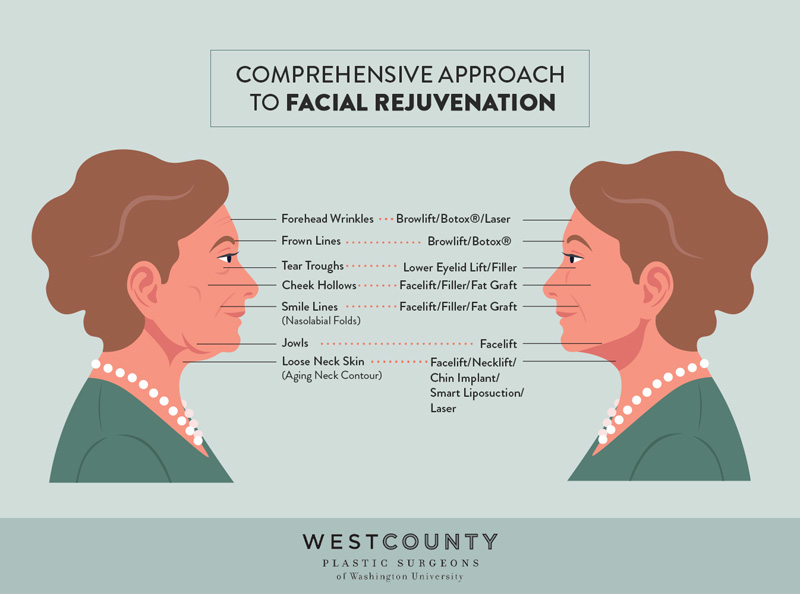
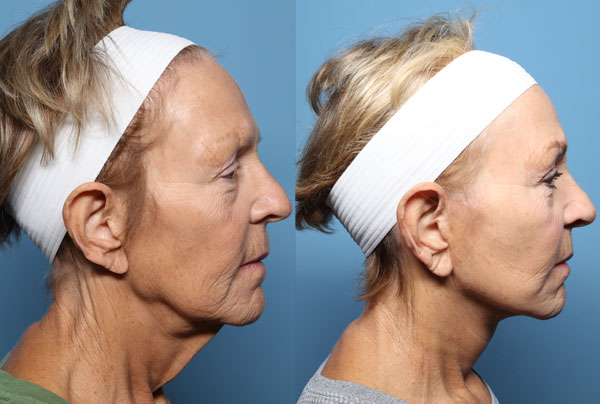
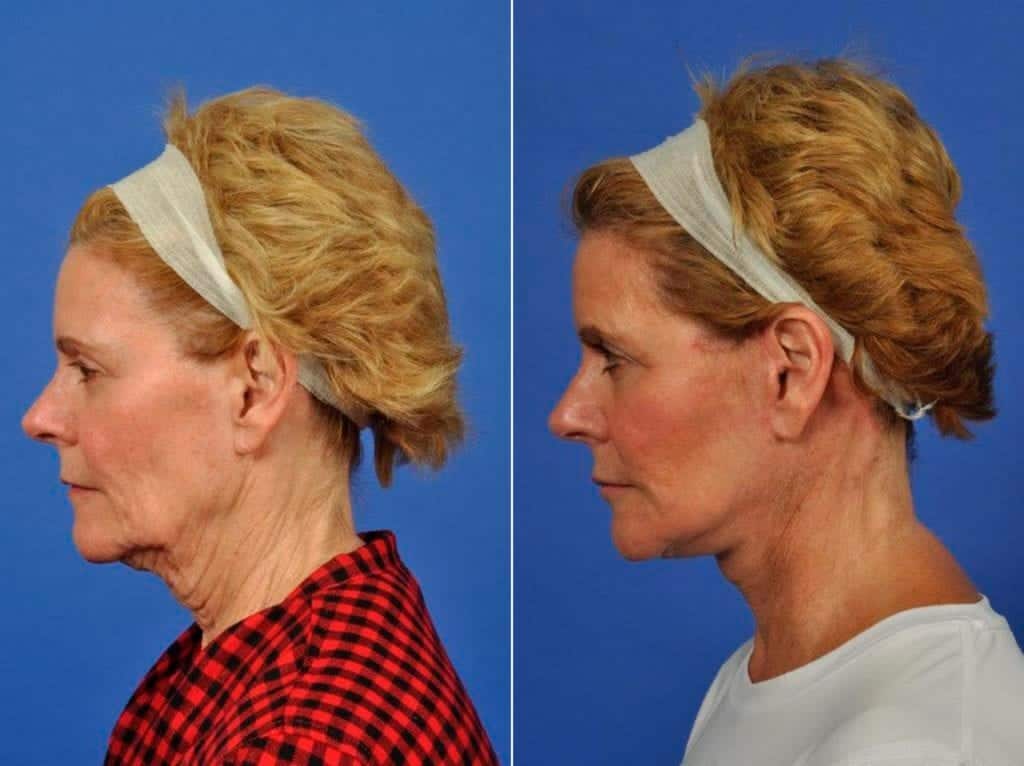

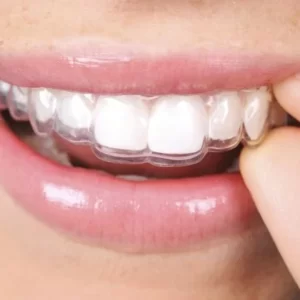

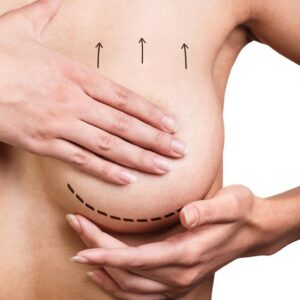
Reviews
There are no reviews yet.